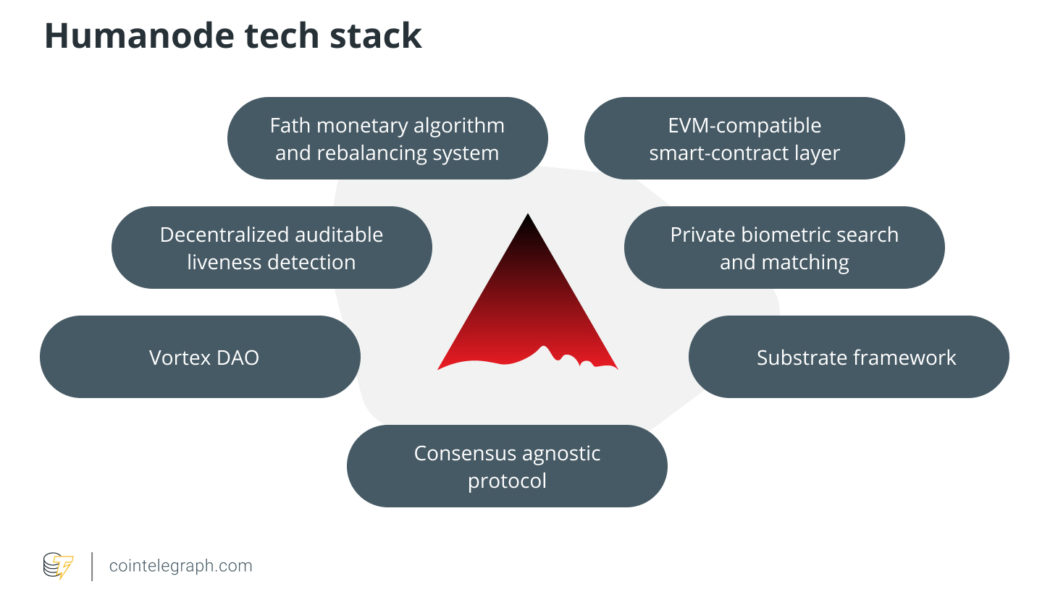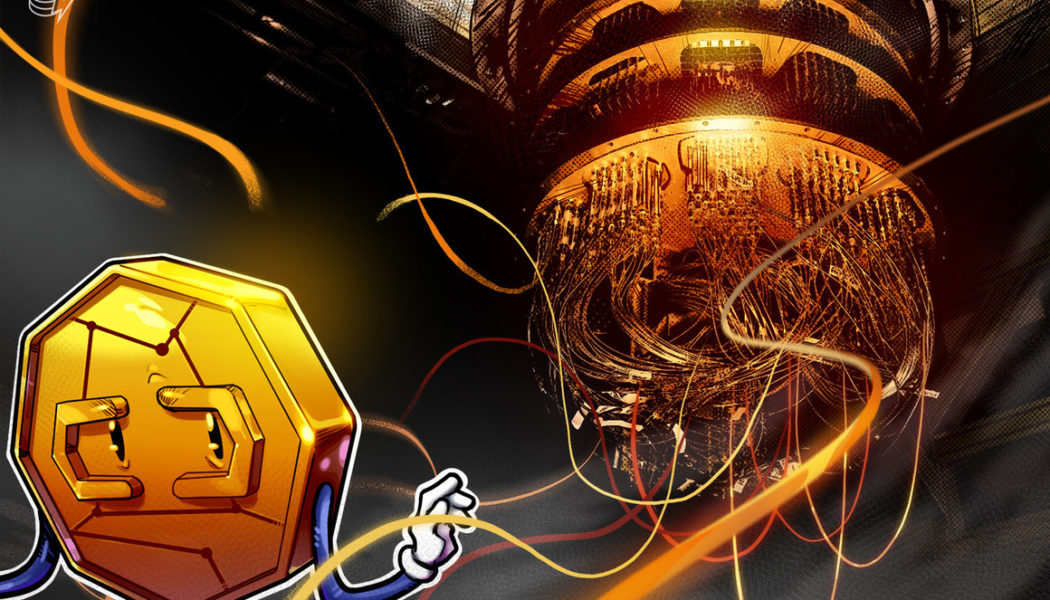Cryptography
Manta Network conducts record-breaking trusted setup ceremony, 4,000+ contribute
Manta Network recently completed the largest trusted setup ceremony ever, with over 4,000 people participating, according to a press release provided to Cointelegraph. The setup was done in order to help create MantaPay, an app that intends to allow for private payments between individuals. 8/ 2022 also saw the launch of the world’s largest trusted setup on Polkadot by @MantaNetwork, spanning 177 countries with over 13,000 participants and counting. This technology is essential for building a better, more secure web that keeps sensitive information private. — Polkadot (@Polkadot) December 31, 2022 According to the company, MantaPay will run on the Polkadot parachain Manta Network and on the Kusama parachain Calamari. It will use zero-knowledge proofs to ensure that only the sender and reci...
What is Humanode human-powered blockchain?
Humanode is a project that gracefully combines different technological stacks including blockchain and biometrics. Humanode tech encompasses a bunch of layers such as a blockchain layer represented by a Substrate module: a biometric authorization module based on cryptographically secure neural networks for the private classification of three-dimensional (3D) templates of users’ faces, a private liveness detection mechanism for identifying real human beings, a Vortex decentralized autonomous organization (DAO) and a monetary algorithm named Fath, where monetary supply reacts to real value growth and emission is proportional. Let’s look at them in more detail. Substrate framework Humanode is a layer-1 blockchain whose architecture lies on the Substrate open-sour...
Why quantum computing isn’t a threat to crypto… yet
Quantum computing has raised concerns about the future of cryptocurrency and blockchain technology in recent years. For example, it is commonly assumed that very sophisticated quantum computers will one day be able to crack present-day encryption, making security a serious concern for users in the blockchain space. The SHA-256 cryptographic protocol used for Bitcoin network security is currently unbreakable by today’s computers. However, experts anticipate that within a decade, quantum computing will be able to break existing encryption protocols. In regard to whether holders should be worried about quantum computers being a threat to cryptocurrency, Johann Polecsak, chief technology officer of QAN Platform, a layer-1 blockchain platform, told Cointelegraph: “Definitely. Elliptic curve sig...
Merkle trees vs. Verkle trees, Explained
Merkle trees are employed in Bitcoin (BTC) and other cryptocurrencies to more effectively and securely encrypt blockchain data. Verkle trees allow for smaller proof sizes, particularly important for Ethereum’s upcoming scaling upgrades. But, how do you identify a Merkle tree? Leaf nodes, non-leaf nodes and the Merkle root are the three essential parts of a Merkle tree in the context of blockchains. Transaction hashes or transaction IDs (TXIDs) reside in leaf nodes, which can be viewed on a block explorer. Then, above the leaf nodes, a layer of non-leaf nodes is hashed together in pairs. Non-leaf nodes keep the hash of the two leaf nodes they represent below them. Related: What is blockchain technology? How does it work? As the tree narrows as it ascends, half as many nodes ...
BIS to launch market intelligence platform amid stablecoin, DeFi collapse
The Bank for International Settlements (BIS) Innovation Hub announced the launch of a new set of projects targeting various aspects of traditional and crypto payments — including a cryptocurrency market intelligence platform and security for retail central bank digital currency (CBDC). BIS’s cryptocurrency market intelligence platform will be launched under the Eurosystem Centre initiative, which aims to provide vetted data about crypto projects. One of the key drivers for the project’s commencement is the collapse of numerous stablecoins projects and decentralized finance (DeFi) lending platforms such as Terra (LUNA) and Decentralized USD (USDD). As explained in the official announcement: “The project’s goal is to create an open-source market intelligence platform to shed light on m...
Quantum computing to run economic models on crypto adoption
By many accounts, quantum computing (QC), which uses atomic “spin” instead of an electrical charge to represent its binary 1’s and 0’s, is evolving at an exponential rate. If QC is ever realized at scale, it could be a boon for human society, helping to improve crop yields, design better medicines and engineer safer airplanes, among other benefits. The crypto sector could profit too. Just last week, for instance, a Bank of Canada-commissioned project simulated cryptocurrency adoption among Canadian financial organizations using quantum computing. “We wanted to test the power of quantum computing on a research case that is hard to solve using classical computing techniques,” said Maryam Haghighi, director of data science at the Bank of Canada, in a press release. But, othe...











